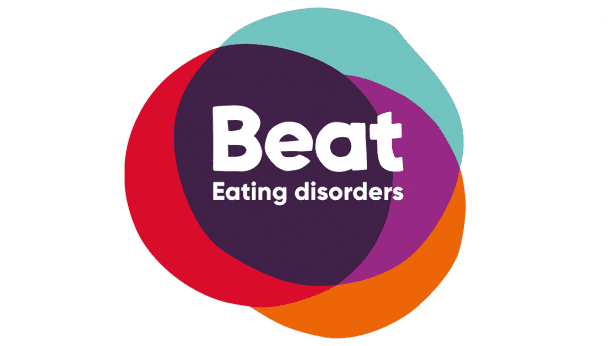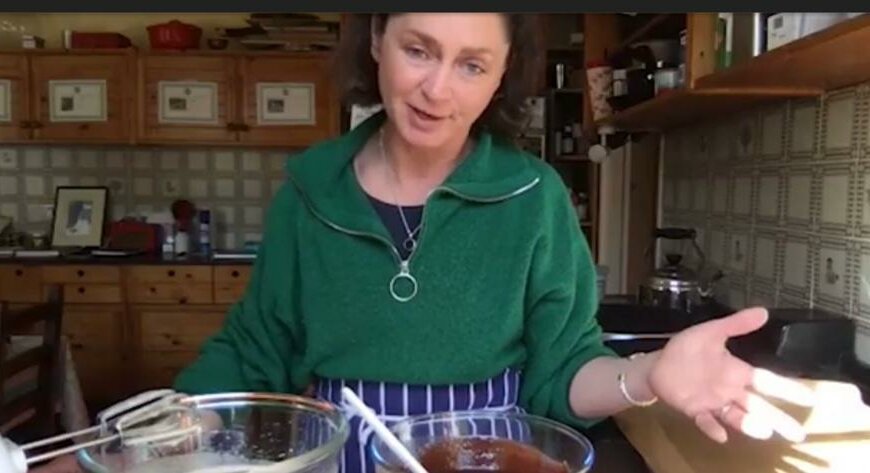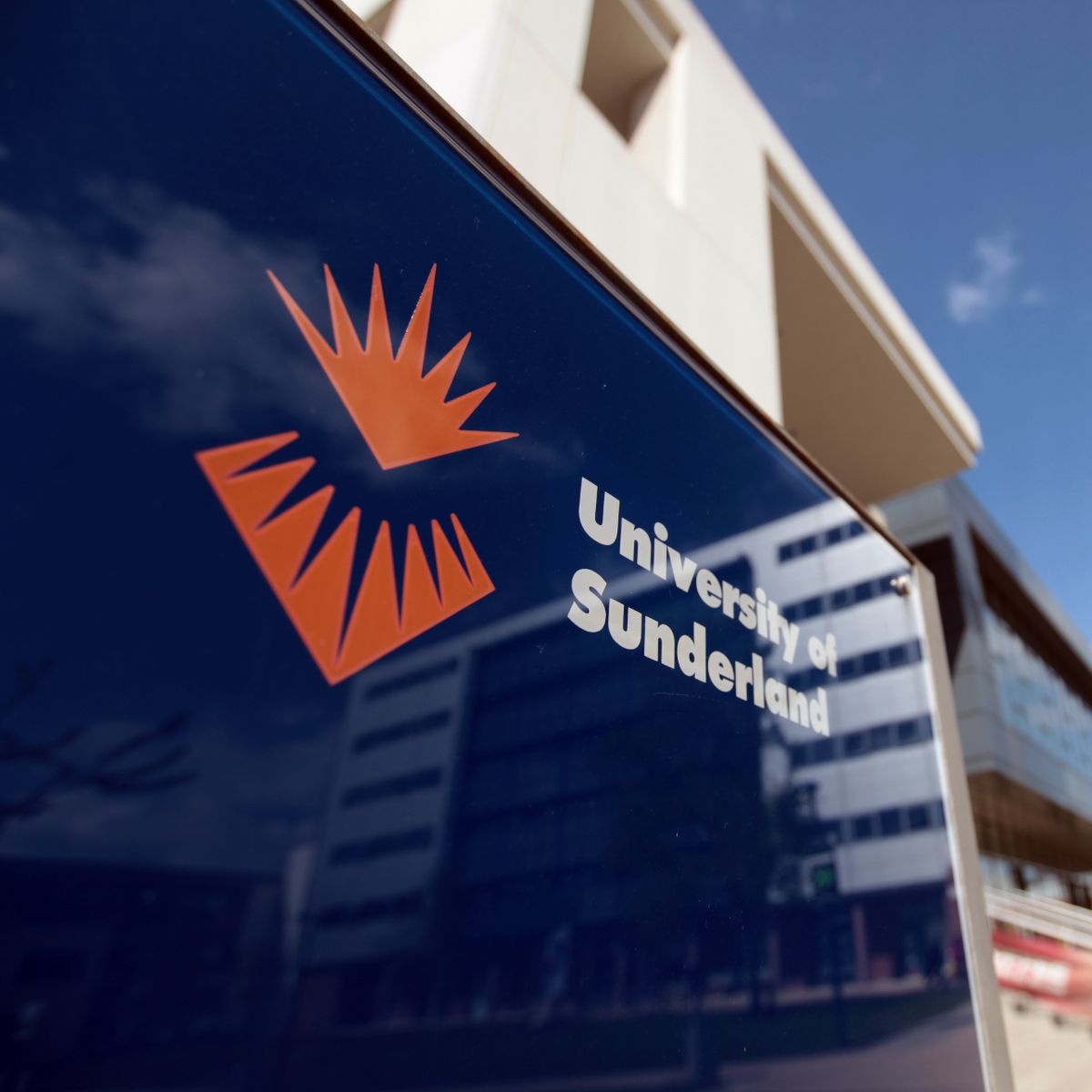SR NEWS newsroom manager Paul Taylor recently got home from work with a sore throat, a headache … and a dilemma.
In a week when 40 students and four of his University of Sunderland colleagues had been confirmed as Covid-positive, should he take a Covid-19 test?
Here, Paul describes the experience.
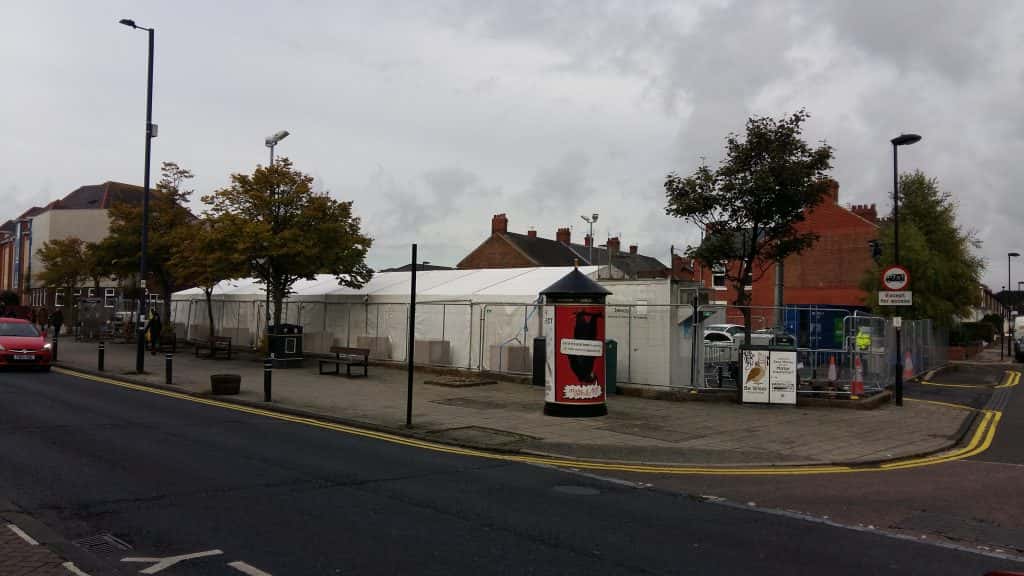
THE names run through my head as I drive up the A19; family… friends… colleagues… students.
They’re the people I’m doing this to protect.
For I’m on my way to take a Covid-19 test at an NHS walk-in centre, which is no small undertaking, given that a positive result will temporarily derail my entire life.
But like anyone else faced with this dilemma, can I ignore potential coronavirus symptoms (in my case a sore throat and headache) as if nothing is wrong, purely for my own convenience?
Or do I put the owners of all those names first?
In the end, for me, it’s not really a dilemma at all.
I know the statistics, the conspiracy theories, the fears and confusions, the outrage and the desperation, but there is only one factor here: the people in my life and the duty of care I owe them if I’m to count myself a civilised human being.
So that’s how I find myself turning up at what looks like the set of a cheap armaggedon B-movie; a tented-over car park in the ordinary setting of Wallsend town centre.
I show the security staff the QR code on my mobile, I’m given a sealed grey plastic bag, then escorted by a half-bored-half-wary young woman through the flap of a large tent.
We’re hit by the cold stink of disinfectant handwash – the abiding scent of 2020 – as I obediently smear and scrub, then follow my escort past a line of makeshift canvas-walled cubicles to my own space, where she asks me to sit and tear open my bag.
Inside, a slim plastic vial of pinkish fluid, a plastic-sealed swab on a plastic stick, a tissue, some paperwork bearing my individual test reference, and a separate clear plastic bag. (I find the amount of plastic involved grimly ironic, in these eco-threatened times.)
I’m told to blow my nose on the tissue, unscrew the top from the pink-fluid vial and extract the plastic swab stick with its skinny cotton-wool-covered end.
I am then instructed to:
1) put the swab into my mouth (avoiding tongue and cheeks) and wipe it across my tonsils for 10 seconds;
2) immediately stick it up one of my newly-cleared nostrils “as far as you can” for another 10 seconds.
Twenty seconds later, I emerge from this uncomfortable, gagging experience with my eyes streaming but bearing proudly the tool of my own self-torture.
My guide then talks me through carefully placing the swab into the pink vial, snapping off its end so I can screw on the cap, then sticking the vial into the clear plastic bag.
After bagging and binning my plastic ‘rubbish’, I’m then taken to deliver my sample to a screened-off booth at the far end of the tent, where I once again display my phone QR code, before dropping it into a plastic box inside the booth (the man inside won’t touch it).
Then I’m told I’ll get my result in 48 hours or less, and ushered out, back into the light.
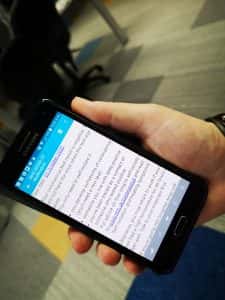
I’m half expecting to be greeted by Brad Pitt and a pack of grey, shuffling World War Z zombies (or should that be ‘World War C’?), but the only grey is that of just another routine autumn day.
Except it doesn’t feel routine. It feels sinister and I feel I’m a member of a human herd infected by a virus of mysterious provenance, processed like cattle and at the mercy of an uncertain future.
I’ve done the right thing, but it all feels so disconcertingly wrong.
One thing strikes me powerfully as I drive home and begin to take stock of the experience.
We’ve been presented with two narratives: first, that testing capacity is over-stretched and tests hard to get and, second, that here in the North East we’re among the worst-infected populations in the country.
You’d think, therefore, that it would have taken me hours of waiting and queueing to get tested, if I could get an appointment at all.
So how is it I was able to go online, book a test, take the test and be back home, all within two hours?
And not only that, but how come I was one of only two people being processed at the test centre while I was there?
*Paul’s test result (delivered via text and email less than 24 hours later) was negative, and he was able to return to work immediately.

